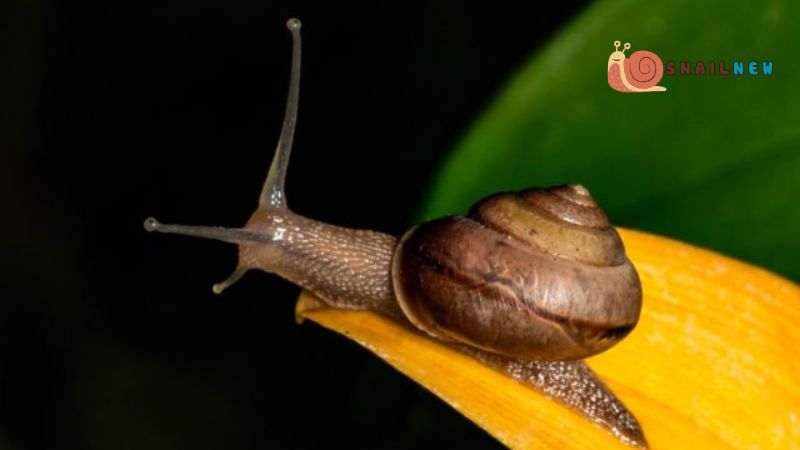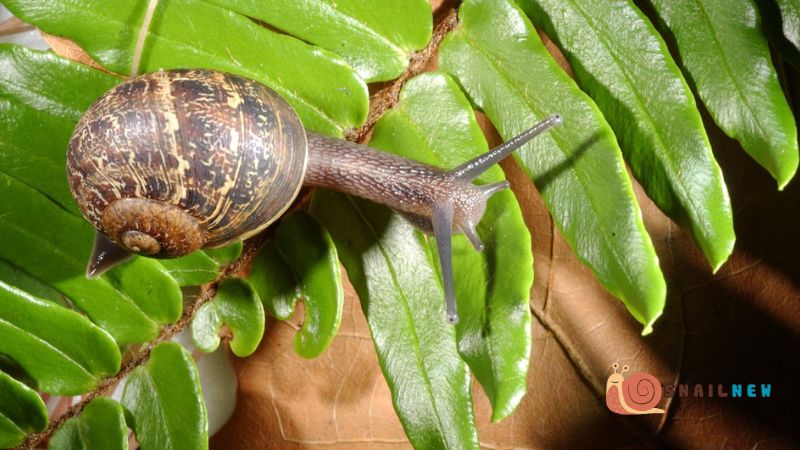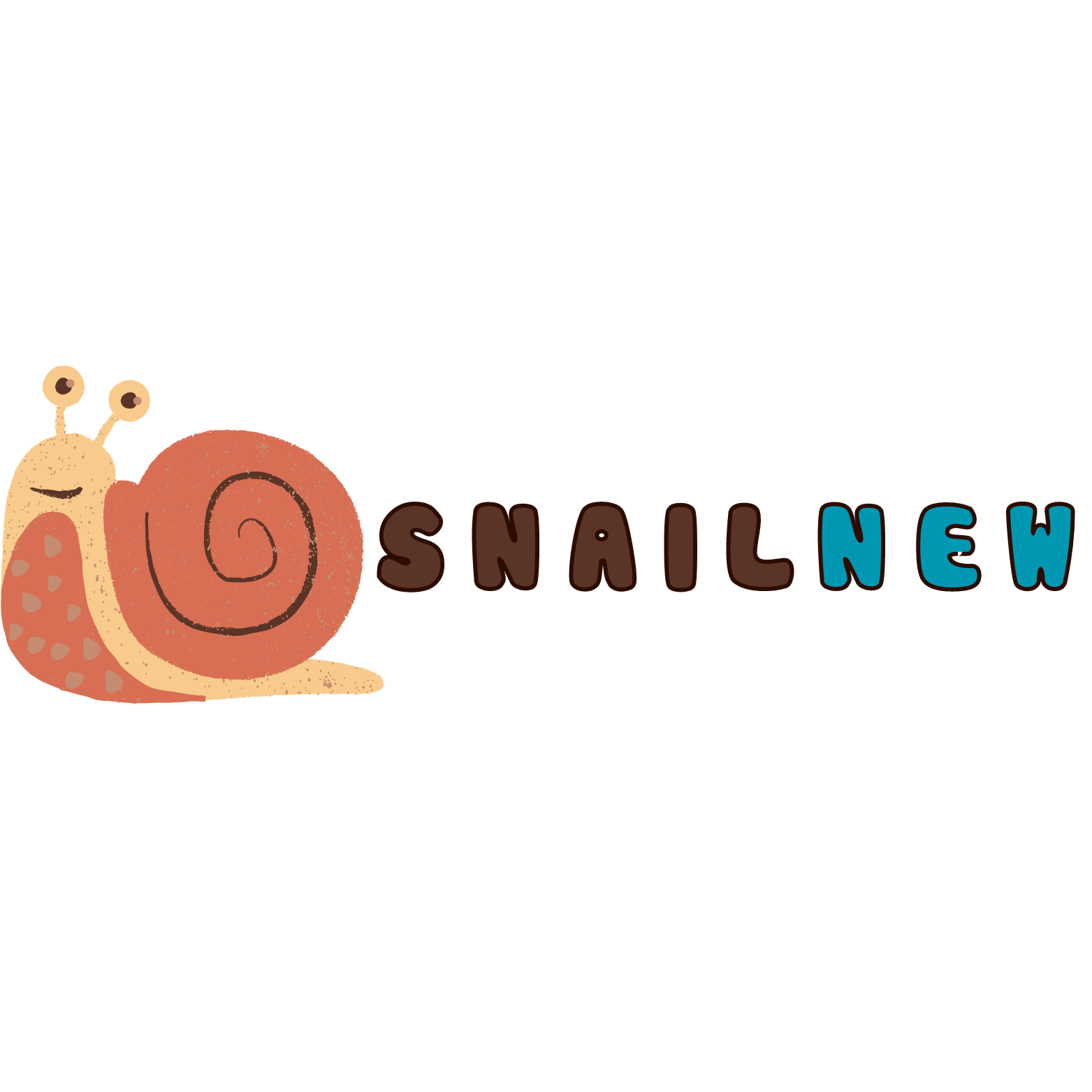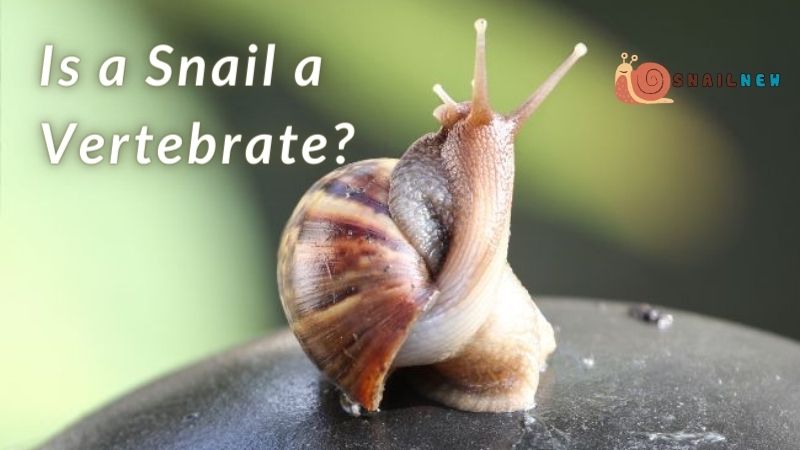Animal classification is a fundamental aspect of biology, allowing us to understand the diversity of life on Earth. One common question that arises in this context is, “Is a snail a vertebrate?” To answer this question and explore the intricacies of animal classification from Snailnew, it’s essential to delve into the characteristics of vertebrates and invertebrates, with a specific focus on snails.
Table of Contents
ToggleDefining Vertebrates and Invertebrates:
Vertebrates encompass animals possessing a backbone or spinal column, providing structural support and housing the spinal cord. This category includes mammals, birds, reptiles, amphibians, and fish. Conversely, invertebrates lack a backbone, representing a diverse range of creatures including insects, mollusks, arachnids, and crustaceans. This fundamental distinction in skeletal structure underpins the classification of animals into two broad groups, delineating the evolutionary diversity within the animal kingdom.

Characteristics of Vertebrates:
Vertebrates share several key characteristics:
- Backbone: Vertebrates have a well-developed vertebral column composed of individual vertebrae.
- Bilateral Symmetry: They typically exhibit bilateral symmetry, meaning their bodies can be divided into two equal halves.
- Organ Systems: Vertebrates possess complex organ systems, including a central nervous system, circulatory system, and respiratory system.
- Endoskeleton: Most vertebrates have an internal skeleton made of bone or cartilage, providing support and protection for internal organs.
Characteristics of Invertebrates:
Invertebrates exhibit a diverse range of characteristics, but they generally lack a backbone. Some common features of invertebrates include:
- Exoskeleton or Hydrostatic Skeleton: Many invertebrates have an external skeleton (exoskeleton) made of chitin or a hydrostatic skeleton, which provides support.
- Radial or Bilateral Symmetry: Invertebrates may display radial symmetry (like jellyfish) or bilateral symmetry (like insects and mollusks).
- Diverse Body Plans: Invertebrates exhibit a wide variety of body plans, ranging from simple, sac-like structures to complex, segmented forms.
Exploring Snails:
Now, let’s turn our attention to snails. Snails are fascinating creatures belonging to the phylum Mollusca and the class Gastropoda. They are renowned for their distinctive spiral shells and slow-moving nature. But the question remains: is a snail a vertebrate?
Is a Snail a Vertebrate?
No, a snail is not a vertebrate. Despite their diverse adaptations and unique characteristics, snails lack a backbone, placing them firmly within the category of invertebrates. This fact is reiterated throughout the study of animal classification. However, let’s explore further to understand why snails are classified as invertebrates.

Examining Snail Anatomy:
To comprehend why snails are invertebrates, it’s crucial to examine their anatomy. Snails possess a soft body protected by a hard, coiled shell. This shell serves as a protective covering, offering defense against predators and environmental hazards. However, within this shell lies a body devoid of a backbone.
Snails exhibit bilateral symmetry, with their bodies divided into distinct head, visceral mass, and foot regions. They possess a simple nervous system and lack a true brain, relying instead on a network of ganglia to coordinate their movements and behaviors.
The absence of a backbone is a defining feature of snails, aligning them with other invertebrate species such as insects, spiders, and mollusks. While they may share certain characteristics with vertebrates, such as sensory organs and a digestive system, their lack of a vertebral column places them firmly outside the realm of vertebrates.
Adaptations of Snails:
Snails, despite their classification as invertebrates, exhibit remarkable adaptations that enable them to thrive across a wide range of environments. Their shells display a diversity of shapes, sizes, and colorations, which reflect adaptations to various habitats and lifestyles. From freshwater habitats to terrestrial and marine environments, snails have successfully colonized diverse ecological niches, showcasing their ability to adapt and evolve in response to the challenges posed by their surroundings.

Snails are known for their slow, deliberate movement, facilitated by a muscular foot that contracts and expands rhythmically. This unique locomotion allows them to navigate their surroundings and forage for food, which typically consists of plant matter, algae, and decaying organic material.
Reiterating the Classification:
Returning to the central question, “Is a snail a vertebrate?” the answer remains consistent: No, a snail is not a vertebrate. This assertion is grounded in the fundamental principles of animal classification, which categorize organisms based on shared characteristics and evolutionary relationships.
By examining the anatomy, characteristics, and adaptations of snails, we reaffirm their classification as invertebrates. While they may share certain traits with vertebrates, such as sensory perception and locomotion, their lack of a backbone places them squarely within the realm of invertebrate biology.
Conclusion:
In conclusion, the study of animal classification provides valuable insights into the diversity of life on Earth. Through the exploration of vertebrates, invertebrates, and specific organisms like snails, we gain a deeper understanding of evolutionary relationships and ecological interactions.
While the question “Is a snail a vertebrate?” may seem straightforward, it serves as a gateway to broader discussions about taxonomy, morphology, and evolutionary biology. By examining the characteristics and adaptations of snails, we reinforce the foundational principles of animal classification and celebrate the rich tapestry of life that surrounds us.
Related Posts:
- Exploring the Lifespan of Snails: How Long Do Snails Live?
- A Comprehensive Guide to Aquarium Snail Food:…
- Do Snails Have Hearts? Unveiling the Intricacies of…
- Do Snails Bite? Demystifying the Misconception
- Can Snails Reproduce Asexually? Nature's Ingenious…
- Exploring the Diverse Types of Garden Snails: A…


